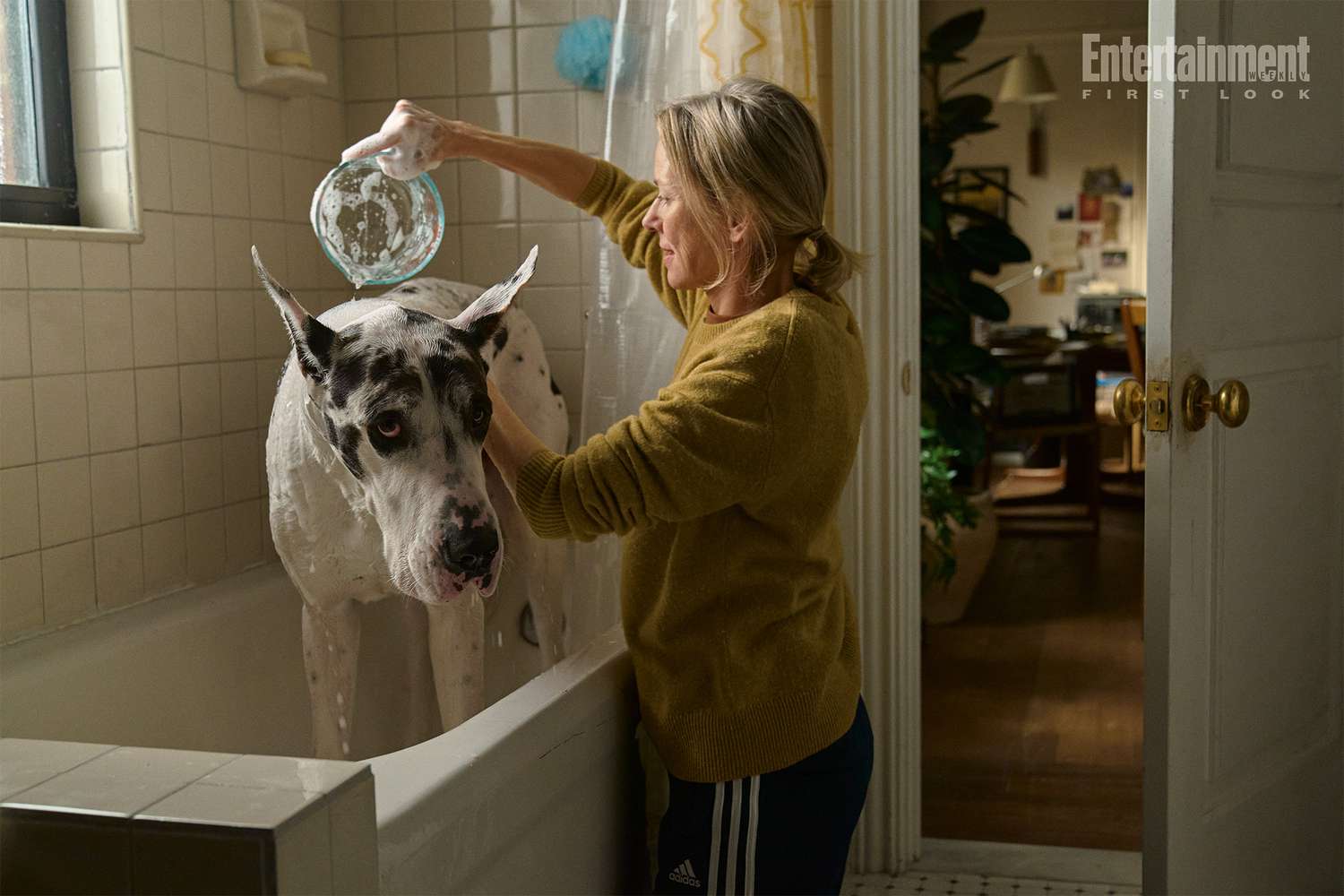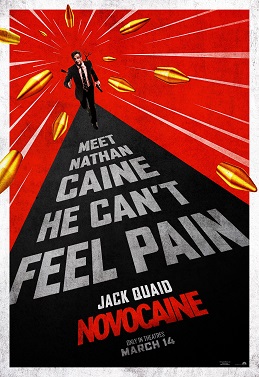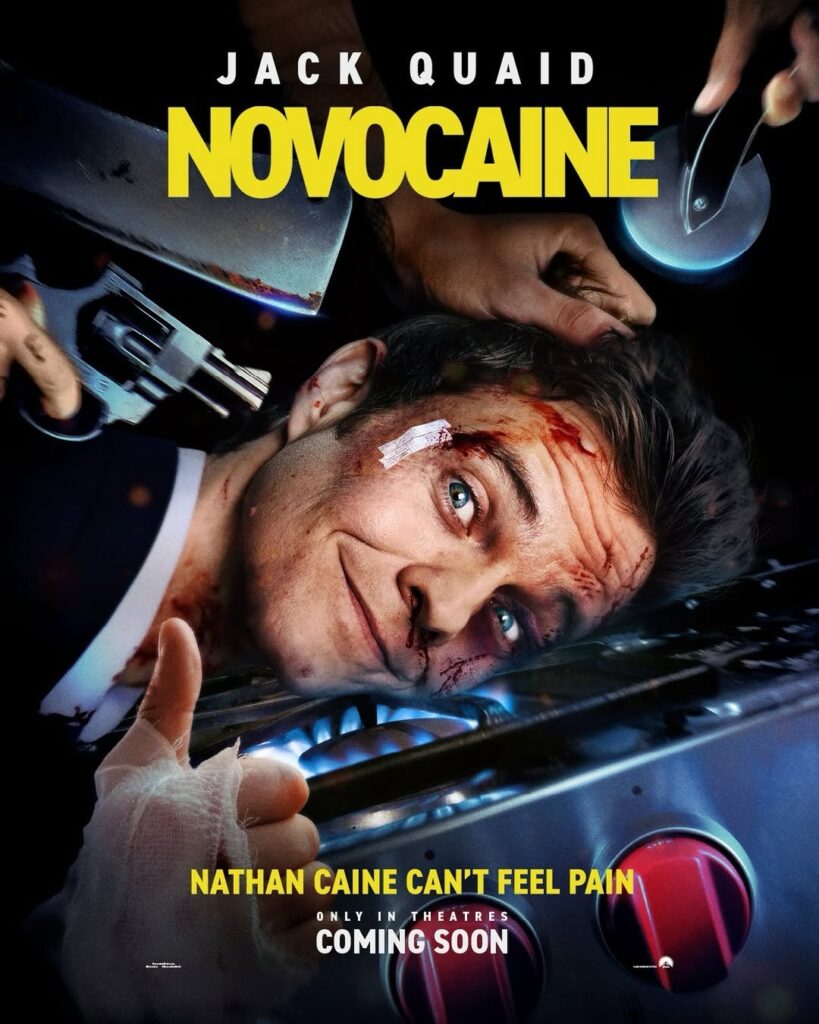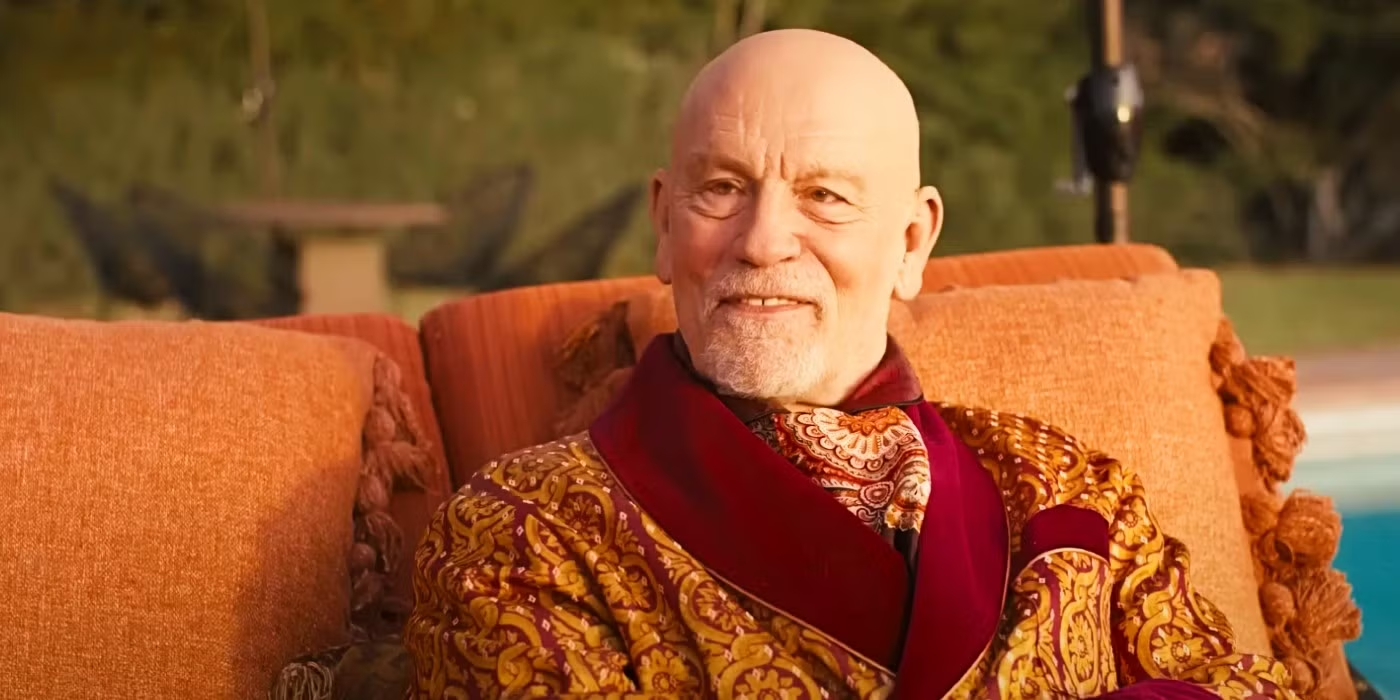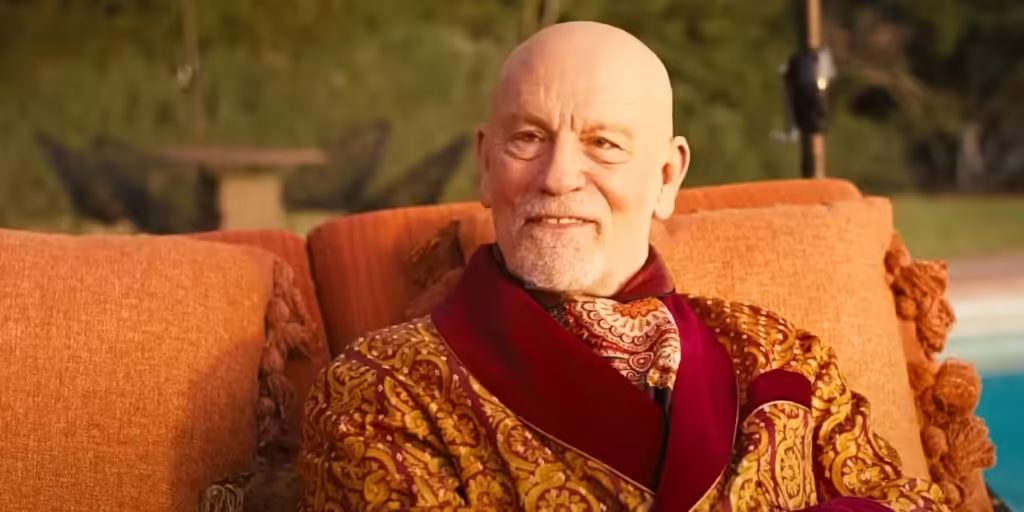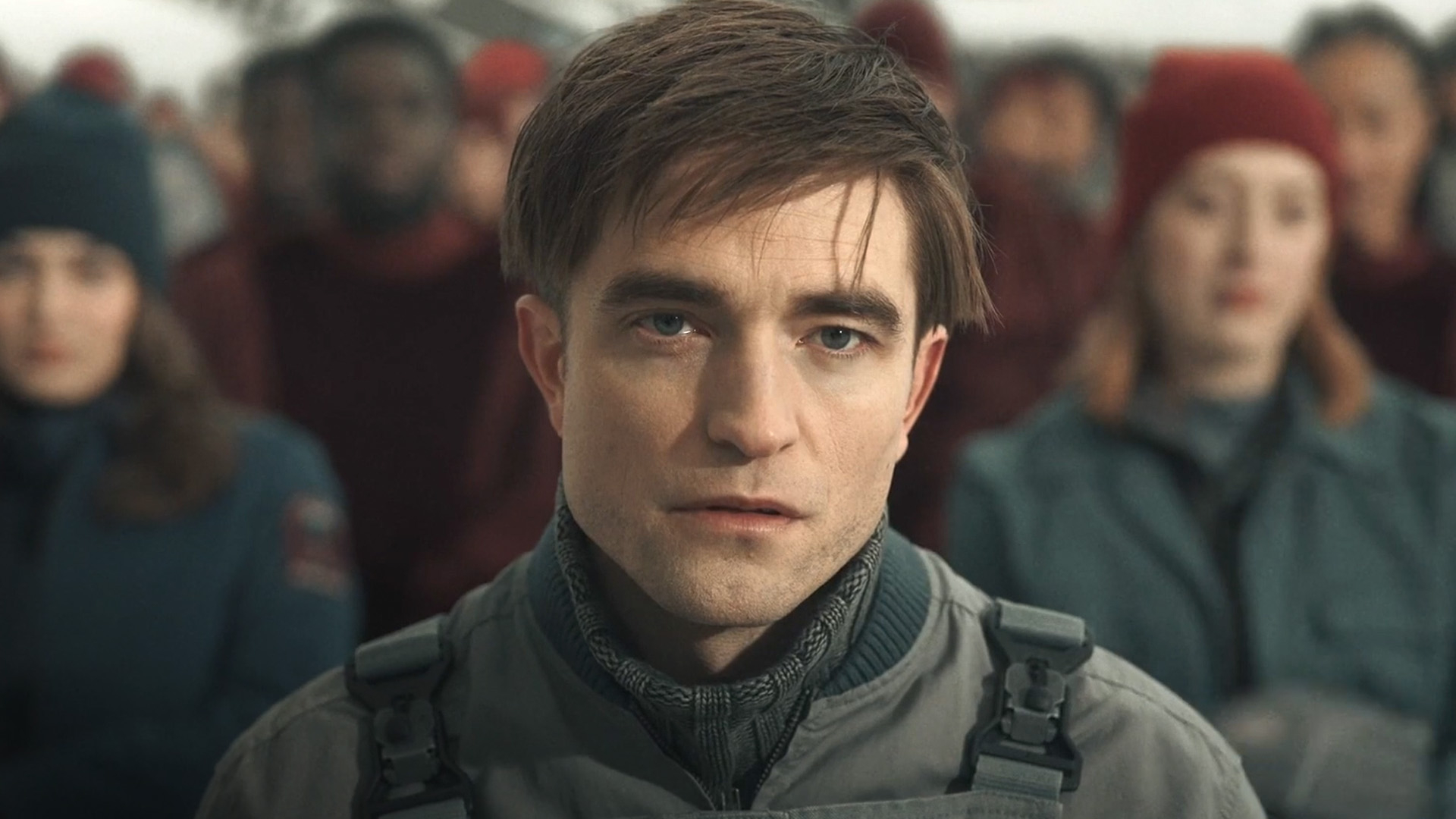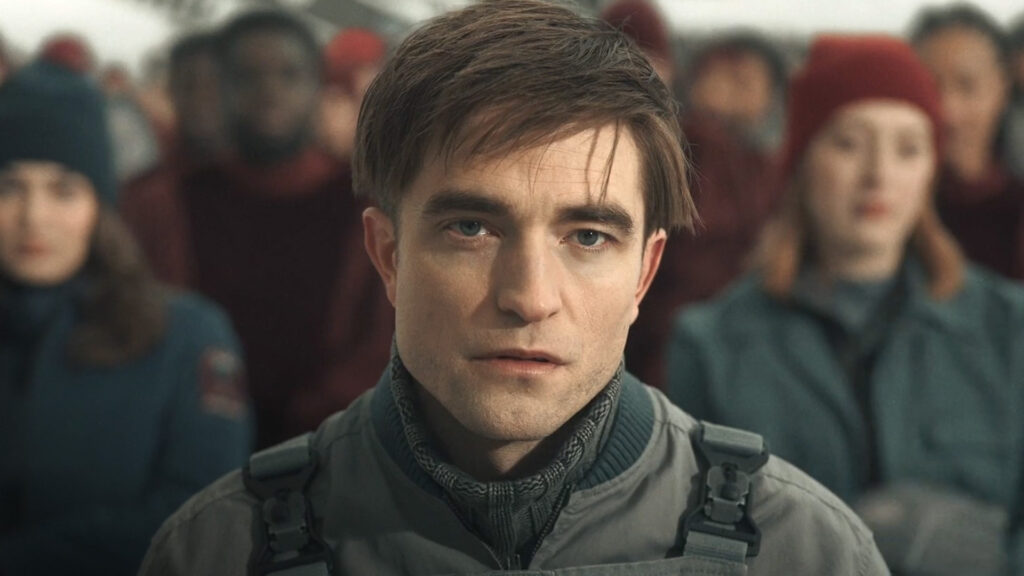The Friend
Posted on March 25, 2025 at 5:36 pm
B +| Lowest Recommended Age: | Mature High Schooler |
| MPAA Rating: | Rated R for language including a sexual reference |
| Profanity: | Very strong language |
| Alcohol/ Drugs: | Drinking and drunkenness |
| Violence/ Scariness: | Sad death by suicide |
| Diversity Issues: | None |
| Date Released to Theaters: | March 28, 2025 |

“How can you explain death to a dog?”
A character in “The Friend” asks that question as she tries to persuade Iris (Naomi Watts) to take a very sad dag who is mourning the loss of Walter (Bill Murray). It is the hardest kind of death to explain to anyone, canine or human. Walter took his own life.
Walter was a writer and he loved to tell the story of how he found the dog, a very large black and white Great Dane named Apollo. Walter’s widow is the rather imperious Barbara (Noma Dumezweni), his fourth wife. She does not like dogs. Iris, also a writer, is an animal person, but she likes cats, not dogs. Her building does not permit animals of any kind. Yet when she finds out that Barbara has sent Apollo to a kennel, she allows herself to be persuaded — temporarily. Iris lives in a rent-controlled apartment. She cannot move. And yet once Apollo gets past the tearing up the pillows and knocking over the furniture phase and Iris gets used to giving him the bed and sleeping on a blow-up mattress, she finds she is very attached to him.
Walter was Iris’ closest friend, and his death is devastating. Iris is struggling with her latest book and also teaching college students and working on a book of Walter’s collected letters with the help of his daughter, Val (Sarah Pidgeon). We get a brief look at a happy dinner party, and it is clear Walter is a natural story-teller who relishes being on center stage, being charmingly incorrigible. It is also clear that Iris relishes challenging him with love and humor as only the dearest friends can. Later she will speak fondly of the way they talked for hours about books and people and we can imagine that their conversations were playful, heartfelt, and very literary, lots of witty references and ripostes.
One of the best scenes in the film has Iris meeting with a therapist for what she thinks is going to be a simple request. Tom McCarthy, better known as a director of films like “The Station Agent” and “Spotlight,” gives a beautiful performance as the sympathetic doctor, gently asking Iris what she would say to Walter if he was there. Watts shows us the pain and confusion Iris is feeling, and the anger she has not been willing to allow herself to feel. Being honest with herself gives her the insight she needs to tell her own story, gently revealed to us in an imaginary conversation between Iris and Walter.
McCarthy is just one of the outstanding cast in supporting roles, including Constance Wu and Carla Gugino as Walter’s previous wives, Sara Pidgeon as the daughter Walter did not know about until she was an adult, Josh Pais as Iris’s editor, who cheerfully tells her that Walter’s suicide has made him “hotter than ever,” which will help sales of the book of his letters, and Felix Solis as Hektor, the super in Iris’ building who tries to enforce the no-pets rule.
“The Friend” is based on a best-selling book of that name by Sigrid Nunez, winner of the National Book Award. While we see the Iris-Apollo relationship develop from putting up each other to deep affection, the movie is much more a meditation on grief, and it matches the literary grace of the book with delicacy and depth.
Parents should know that this film includes discussion of suicide and loss, some strong language, drinking and drunkenness, and sexual references.
Family discussion: Would you want to be friends with Walter? Why were people so devoted to him despite his faults? Was the solution Iris came up with fair?
if you like this, try: “Can You Ever Forgive Me?” and “Wonder Boys”

